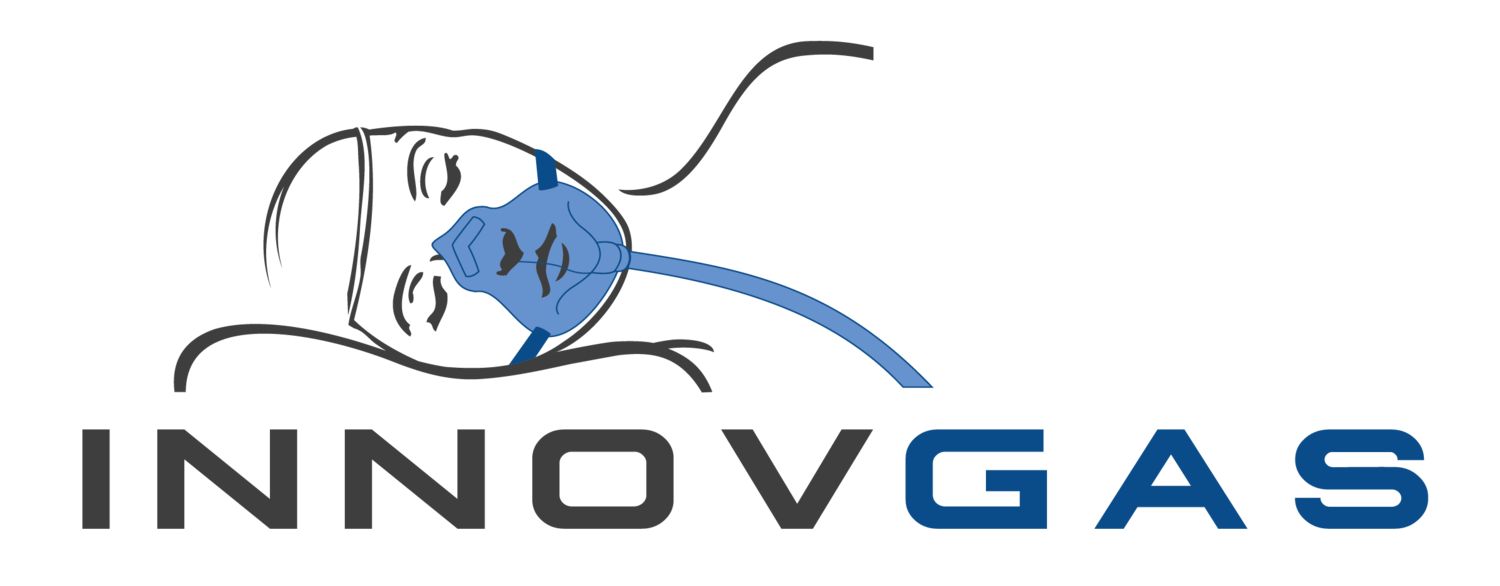An Accident Waiting to Happen
For Mary, the operation couldn’t come soon enough.
Some years previously during a routine examination, her doctor discovered a swelling at the base of her neck. It turned out to be a Goitre. Her thyroid gland was enlarged probably caused by a lack of iodine at some point in her life. Her doctor gave her medication to control symptoms and said the goitre was small and there was nothing to worry about.
Several years later Mary noticed she was coughing more, and her voice had become hoarse. Soon after she found herself getting out of breath quickly at the gym and swallowing food became difficult. She went back to her doctor to find that her thyroid had got bigger, and this explained her symptoms. Her doctor told her breathing and swallowing was only going to get worse, and she needed an operation to remove some or even all of her thyroid gland.
Mary’s surgeon told her that the operation was very safe but as in all operations there are risks.
The main risks with a thyroidectomy are bleeding, infection, and nerve damage, but this is estimated to be 1 to 2 in 100. If vocal cord nerves are damaged, there’s a 5% chance of hoarseness for up to six months and a 1% chance that it’s permanent. Imaging of Mary’s thyroid gland suggested only part of it needed removing.
Mary was prepared for the operation. She was given a general anaesthetic and taken into theatre. In a supine position, Mary’s head was placed on a donut cushion to hyperextend her neck to make the operation easier to perform. Her head and upper body were covered in drapes, to minimise infection and only her neck was exposed. The surgeon made an incision in a natural skin crease about five centimetres in length and the operation began. There was a surgical assistant, theatre nurse and anaesthetist helping with the operation.
The thyroid was exposed, and the surgeon began to remove the enlarged side of the thyroid that was the cause of Mary’s symptoms.
The team had to work slowly and methodically to avoid damage to nerves and other tissues. The operation was successful and lasted nearly three hours. They were about to close Mary’s neck when they spotted a bleed in the surgical site. A branch of the superior thyroid artery had probably been caught by a scalpel. They had to work quickly now to stop the bleed as there was the possibility of the bleed compressing the airway. The surgical assistant leaned over Mary’s head, clamped the artery, and stopped the bleed. The bleed site was identified and stitched. Finally, the surgical site was closed, and Mary was taken to the recovery room.
It was only when the drape was removed from Mary’s head staff noticed Mary’s left eye was swollen and bruised. The theatre nurse realised this must have happened when the bleed occurred, and the surgical assistant leaned over Mary’s head to help stop the bleeding. This was the only point during the operation that anyone had been near the patient’s head apart from the anaesthetist checking the airway. The assistant must have accidentally leaned on Mary’s eye.
Back on the ward, matters got worse.
The surgeon explained to Mary what had happened during the operation to cause the damage to Mary’s eye. He said that her notes revealed that she had a pre-existing glaucoma, and the accident may have worsened the glaucoma. Glaucoma is a common eye condition where the optic nerve becomes damaged. It's usually caused by fluid building up in the front part of the eye, which increases pressure inside the eye. Glaucoma can lead to loss of vision if it's not diagnosed and treated early. The surgeon said he would refer Mary to ophthalmology so they could review her.
After being discharged from hospital after a successful partial thyroidectomy Mary attended her ophthalmology appointment. It was confirmed that Mary’s glaucoma had deteriorated, and she needed an operation to relieve the increased pressure inside her eye. This was carried out a few weeks later and was successful.
Recently, Mary was reading the news when she came across a report of someone had sued their hospital for making an unnecessary error during their surgery. A friend advised her to speak to a solicitor who specialises in this area and following that conversation Mary is now pursuing her own claim against the hospital.
The question is could all this have been avoided?
Could the hospital have avoided causing Mary unnecessary hurt and worry and not injured her eye? Could the hospital have avoided the extra costs involved in Mary’s ophthalmology consultation and subsequent operation and hospital stay? Wherever you are in the world these extra costs are going to cost thousands of dollars, pounds, or euros. Finally, could the hospital have avoided being sued by Mary? The answer to all three questions is of course they could!!
Dr. Andrew Wallis, a practising anaesthetist and founder of Innovgas had seen accidents like Mary’s happen and he was determined to do something about it. He wanted to avoid unnecessary accidents happening to patients and he wanted to prevent hospitals and doctors being sued by their patients. So, he invented NoPress, a foam and rigid plastic shield designed specifically to protect anaesthetised patient’s eyes from externally applied pressure.
For a few dollars, pounds, or euros you too can protect your patient, yourself, and your hospital. Find out more about how NoPress protects patients and order your free sample below.
Author: Niall Shannon, European Business Manager, Innovgas
This article is based on research and opinion available in the public domain.
Interested in a Free Sample?
Free samples of NoPress, EyePro & BiteMe available upon request.
Conditions apply.





